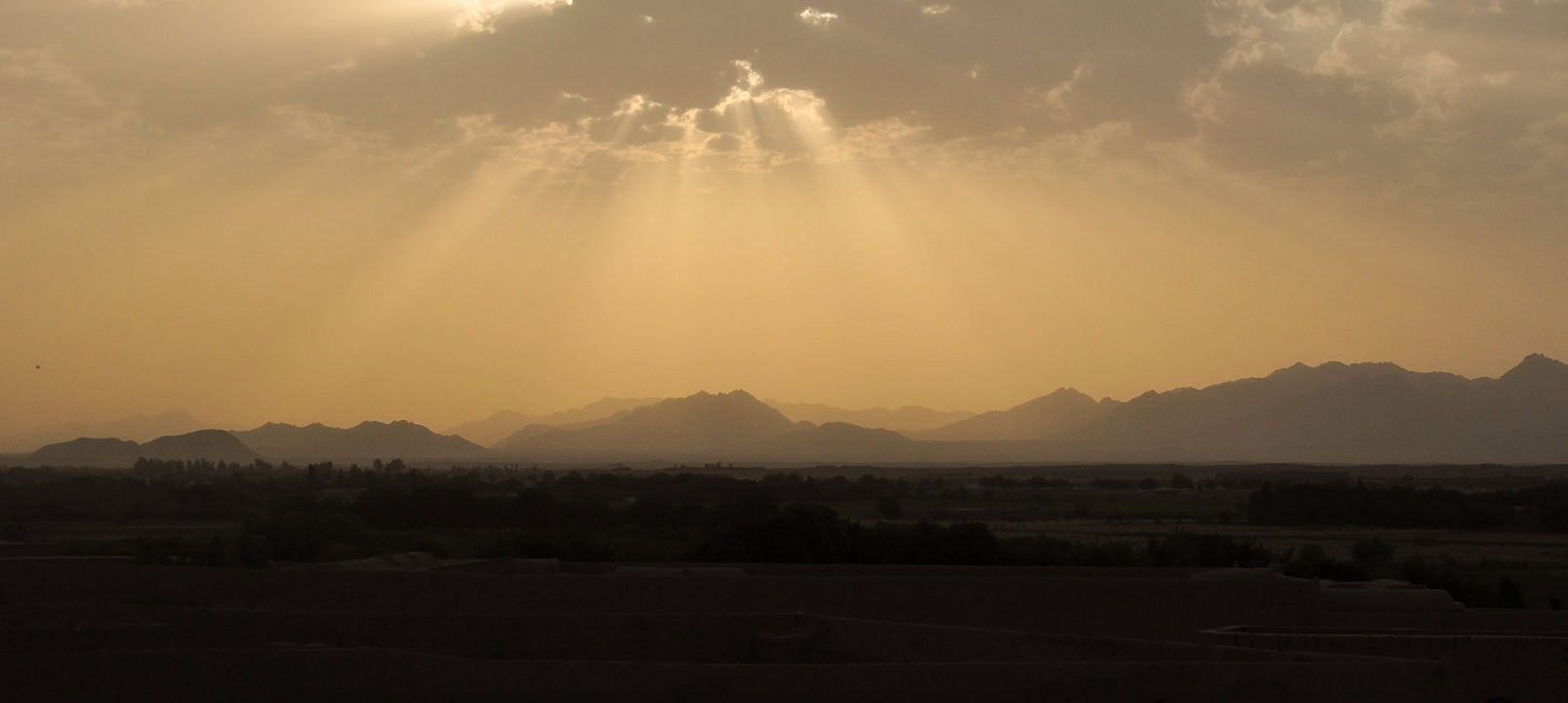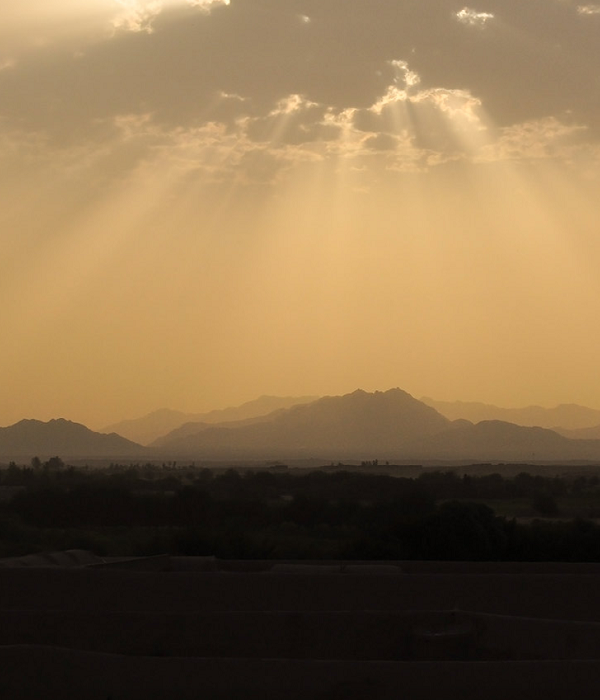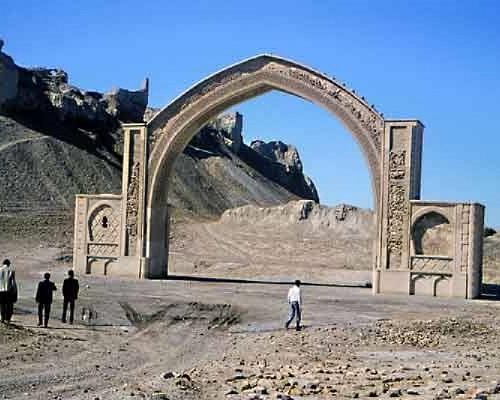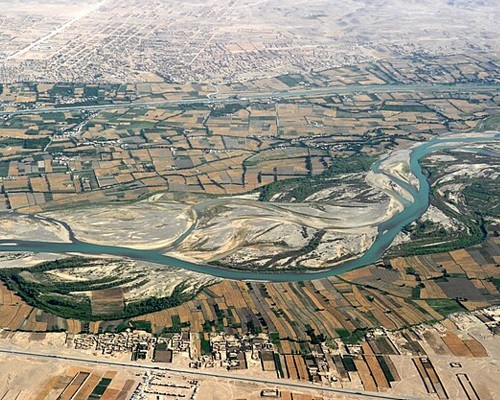
EXPLORE HELMAND
Discover the breathtaking landscapes of Helmand, Afghanistan on a culturally-rich adventure

Helmand, with its diverse landscapes and historical significance, is a province that beckons to be explored. Located in southern Afghanistan, Helmand is home to the longest river in the country, the Helmand River, which provides opportunities for boating and fishing.
The province's capital, Lashkar Gah, offers a mix of modern amenities and historical sites. Visitors can explore ancient castles and the lush green zones along the riverbanks.
Helmand's blend of natural beauty and historical intrigue makes it a fascinating destination for adventurous travelers.
Attractions
In the heart of Helmand province stands the Qala-e-Bost Arch, an enduring masterpiece of Afghan architecture.
This ancient archway, part of the larger Bost complex, dates back to the 11th century and serves as a poignant reminder of Afghanistan’s rich historical tapestry.
The elegance of its design and the intricacy of its decorative motifs reflect the sophistication of the region’s past civilizations.
Visitors to Qala-e-Bost are transported back in time, as they marvel at this monument that has withstood the ravages of time and conflict, symbolizing the resilience and enduring cultural heritage of the Afghan people.

Castle, located near the confluence of the Helmand and Arghandab rivers, is a site of immense historical and strategic importance.
This ancient fortress, with its towering walls and strategic position, has played a pivotal role in the defense and control of the region throughout the ages.
Once a bustling center of trade and governance, Bost Castle offers a window into the military and cultural dynamics that shaped the history of southern Afghanistan.
Exploring the ruins of this once-imposing stronghold, visitors can imagine the historical events that unfolded within its walls, highlighting Helmand’s significance in the broader narrative of Afghanistan’s past.

The Helmand River, stretching across the arid expanses of southern Afghanistan, is the longest river in the country and serves as a crucial source of irrigation and sustenance for the region.
Its waters, vital for the agricultural economy, breathe life into the harsh landscapes of Helmand, enabling communities to flourish amidst the desert.
The river’s importance extends beyond its physical presence, symbolizing the delicate balance between nature and human habitation in this rugged part of the world.
For those who visit or dwell by its banks, the Helmand River is a testament to the resilience of life in the face of environmental challenges, playing a central role in the narrative of survival and prosperity in Afghanistan.

The Desert of Registan, located in the southern part of Afghanistan, is a vast expanse of shifting sands and dunes that stretch as far as the eye can see.
This enigmatic desert landscape, known for its harsh conditions and stark beauty, offers an unparalleled experience of solitude and survival.
The desert’s name, meaning “sandy place” in Persian, captures the essence of this desolate yet captivating terrain.
For adventurers and nature enthusiasts, the Desert of Registan presents a challenging yet rewarding journey into one of Afghanistan’s most remote and untouched natural environments, where the silence of the sands and the vastness of the landscape evoke a profound sense of awe and contemplation.
Sign off here. We will reply in 24 hours with futher details.